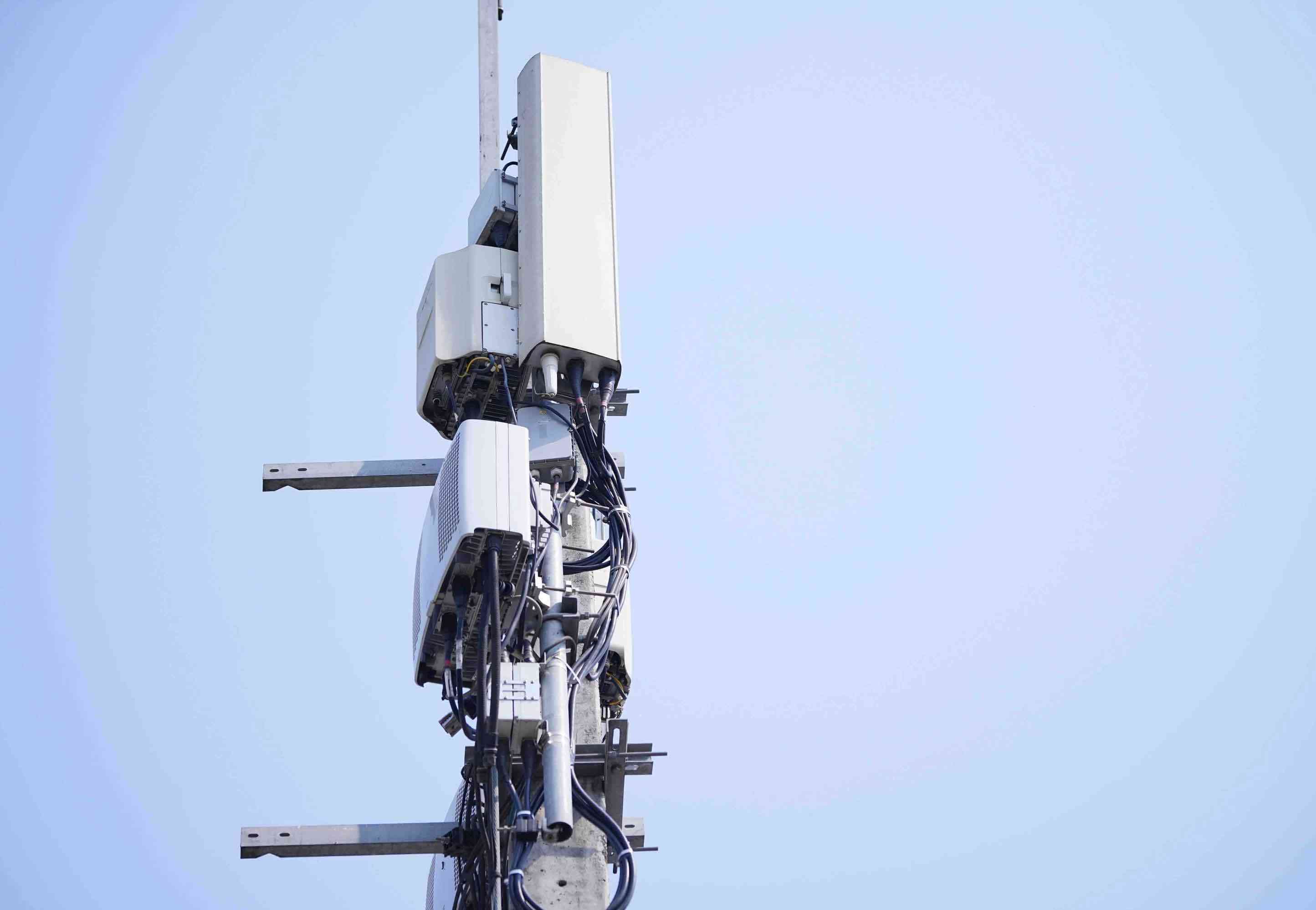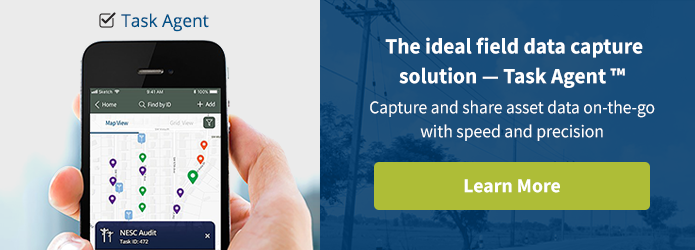The Joint Use Evolution: The High Cost of Not Working Together

Joint use in the utility sector began as a simple resource-sharing proposition between electric utilities and telephone companies. It’s no longer so simple.
New technologies have since emerged, introducing new demands on infrastructure. Leaps in communication technology have compelled the joint use community to grow and adapt. Federal regulations came with the Pole Attachment Act of 1978 and the Telecommunications Act of 1996, along with more recent FCC actions such as the One Touch Make Ready Order and the Third Report and Order on small cell attachments, both in 2018.
Relationships among electric utilities, communication companies, municipal governments, contractors, and engineering firms have not always been friendly. Joint use disputes have evolved into protracted legal battles that cost money and time for all involved. Most importantly these disputes hinder expansion of services to the public, sometimes by years.
Combine this history with the ongoing push to improve broadband service across the nation, and it’s foreseeable that challenges will persist. However, that’s not the end of this story.
The Hard Way
Let’s look at one example. A broadband provider is eager to provide a municipal community with the fastest internet speeds available. Based on the data they have, providing optimum service in this area will require a new tower. The new broadband provider excitedly submits the necessary applications to get the work started.
However, local officials have concerns. They believe a new tower in this neighborhood will be unsightly and inappropriate. The neighborhood association responds with complaints to the city council. The process stalls, the company sues the city, and a long court battle begins. In this example, let's say that battle lasts nearly seven years. Imagine that for just shy of a decade, this community's internet expansion is on pause.
Weary of the fight and subsequent lack of service, the would-be provider and the municipality decide to start negotiating again and come up with a plan that actually works for everybody. Armed with shared physical asset data from the municipality, the broadband provider quickly finds an alternative solution: they will place their equipment on a series of poles throughout the area and simply set a couple of new poles. The dispute finally ends after both sides have spent an inordinate amount of time and money on the case while consumers in the community have been forced to wait. This legal battle did not need to happen.
All the parties involved in this scenario had legitimate concerns, but finding a solution did not have to be this hard. If the parties involved had shared their field asset records seven years before, the community would have benefited, potentially attracting new businesses and growing their economy along the last decade.
A Better Way
Joint use teams in 2020 need to begin with accurate data and the ability to conduct real communication among all stakeholders. Uncertainty and incorrect information are the archenemies of cooperation.
Access to up-to-date utility pole and general field data is the foundation for better relationships between joint use entities. A recent Washington Post article explored the confusion caused by inadequate and inconsistent asset records.
Alden One -- a comprehensive central database with current information on pole height, condition, and existing attachments -- provides asset owners with the basis for making timely, sound decisions on attachment requests.
Efficient field data capture is the first step. Field apps that can run on your smartphone like the Task Agent™ app (available in the Apple and Google Play stores) simplify the process further by ensuring your field techs capture the data necessary to facilitate the desired outcome. Coupled with the Alden One database, you are off and running smoothly.
Getting Together
Joint use of physical assets is not going away -- whether equipment is aerial or underground. In fact, with the number of small cell applications growing during the 5G rollout, conversations among asset owners, attachers, engineering and service firms, and contractors must occur more frequently. Good data management can’t be done adequately using older methods, such as index cards, paper binders, or even Excel files. With Alden One, it can be done. There is no reason a cooperative spirit and streamlined internal and external processes cannot be achieved, even in a high-stress environment.
The stakes are high. New infrastructure is laying the foundation for an array of improvements to society promised by the Internet of Things (IoT), including self-driving automobiles, smarter home systems, smoother traffic flow, a more efficient electric grid, better pollution controls, and enhanced public safety.
Joint use asset owners, attachers, and other key stakeholders armed with up-to-date pole and underground data can make informed, timely responses to requests. With Alden One, avoid missed deadlines, hard feelings, and potential legal action. Building relationships with a partnership mindset is key to furthering company goals, the FCC’s goal of expediting broadband for all, and building better communities through better infrastructure.
We can help your joint use department run smoothly and get the most out of your network. Let’s talk. Click here to contact a product specialist.
